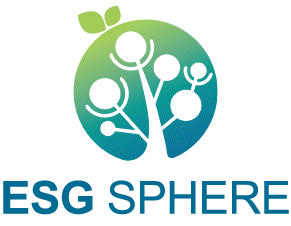Climate Goals
Science-based targets, SBT
In April 2024, Wistron's science-based targets were approved by the SBTi, and now align with the Paris Agreement's efforts to contain global warming to a maximum of 1.5°C above pre-industrial levels. We are committed to achieving carbon neutrality across Wistron’s operations by 2030 and net-zero emissions across the entire value chain by 2050. To such ends, we have set near- and long-term targets.
"We commit to achieving operational carbon neutrality for Wistron by 2030
and net-zero greenhouse gas emissions across our value chain by 2050."
- Short-term target: Wistron commits to reduce absolute scope 1 and 2 GHG emissions 90% by 2030 from a 2022 base year. Wistron also commits to reduce absolute scope 3 GHG emissions from purchased goods and services and use of sold products 25% within the same timeframe.
- Long-term target: Wistron commits to maintain at least 90% absolute scope 1 and 2 GHG emission reductions from 2030 through 2050 from a 2022 base year. Wistron also commits to reduce absolute scope 3 GHG emissions 90% by 2050 from a 2022 base year.








